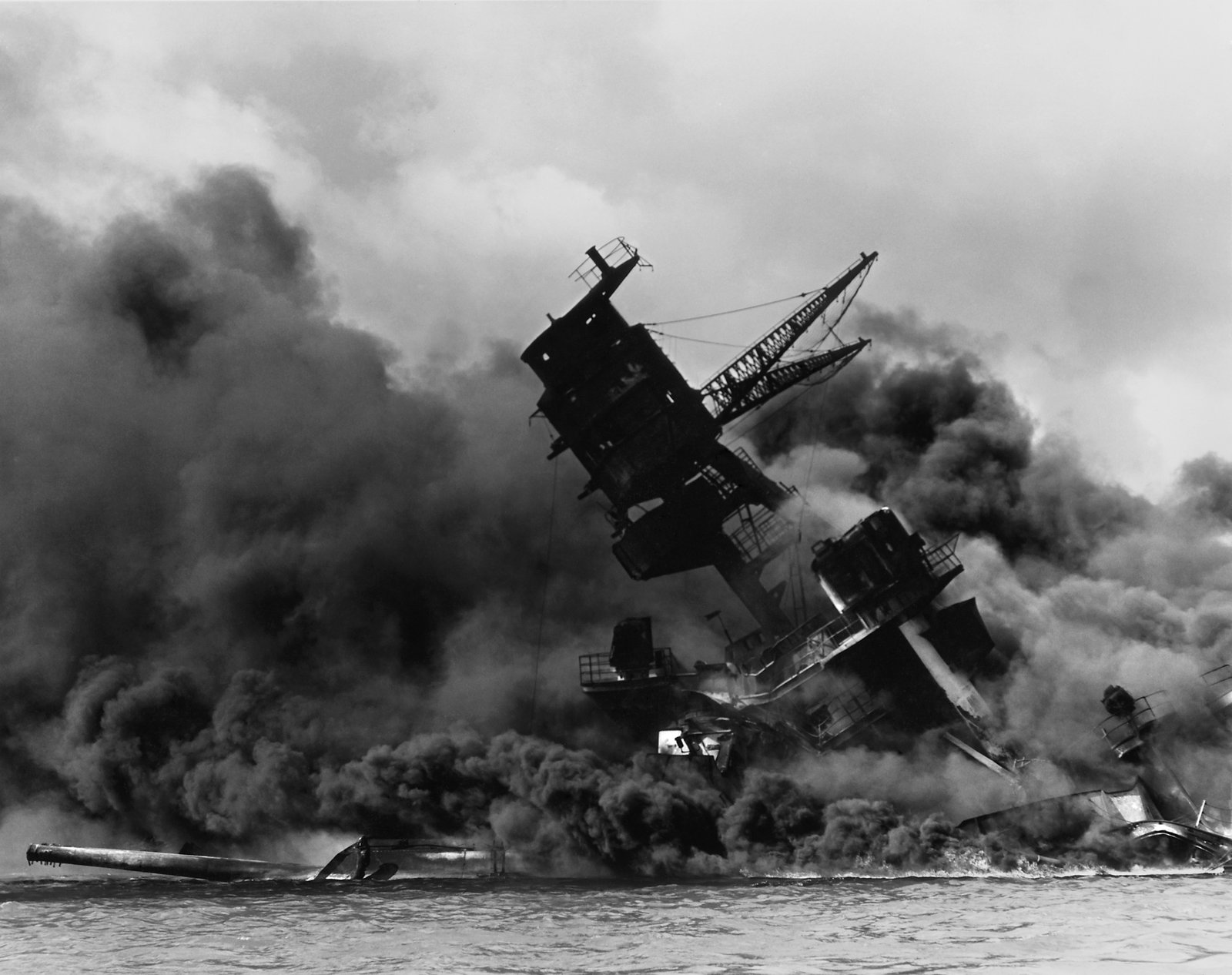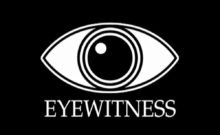The more I read about the Kellogg-Briand Pact, the more I believe that this little-known document might rank up there with the Magna Carta and the U.S. Declaration of Independence in terms of influence and importance. Even though just about every signatory to the treaty has since violated it, with little consequence, the ideas contained within have been multiplied beyond their original intent.
In fact, it was one of the major documents produced at both the post-World War II Nuremberg and Tokyo Trials. Both countries had signed the treaty, and both were found to have “waged aggressive wars constituting crimes against peace.” For one of the first times ever, those who started violence were held accountable, not merely because their cause was unjust, but because they had attacked peace itself.
The use of force as a way of promoting national ambition now had a precedent set against it, in the form of a little treaty that no one appears to have actually adhered to. Some scholars have suggested that the treaty is largely responsible for the decline in war after the Second World War, but others believe it is but a minor, or perhaps insignificant, factor, ranking well behind the atomic bomb and the Cold War in impact.
It is important to note that the treaty most heavily prohibits the declaration of war and the annexation of conquered territory—but it doesn’t say anything about territory acquired by other means. Consequently, “signatories began to wage wars without declaring them,” meaning that territory was conquered by means of military force, but without the formal declaration of war.
Did this have any effect on Japan? Did it influence the decision to surprise-attack Pearl Harbor?
As soon as I started researching this question, I realized that it was difficult to understand Japan in World War II in isolation. In fact, just as the seeds of Germany’s militarism can be traced back to the outcome of World War I, Japan’s trace back long into the past. Way, way before Kellogg-Briand, even.
To 1853, to be exact.
1853 is significant in Japanese history as the year that the American, Commodore Matthew C. Perry, sailed into Tokyo Bay, shelled a few buildings and demanded that Japan open itself up to American trade.
It was a wake-up call for Feudal Japan. While they had always thought of themselves as a strong nation, Perry’s actions revealed that not only was Japan not all that strong relative to the rest of the world, but they were behind technologically, as well.
Less than five years later, the feudal system was overthrown in a conflict known as the “Meiji Restoration,” where, confusingly, Tokuwaga Toshinobu was overthrown by a coalition of local leaders who wanted to restore the power of the Japanese Emperor, in whose name Tokuwaga had claimed to rule. Tellingly, the rebels who overthrew Tokuwaga “adopt[ed] the slogan ‘Enrich the country, strengthen the army,’” as their battle cry.
Over the next few decades, the country rapidly industrialized and took on an Imperial nature. The Japanese islands were relatively devoid of the natural resources that were necessary to build an industrialized economy and army, such as oil and coal, so conquest was necessary to gain possession of these goods. Additionally, conquering places and setting up colonies would help the Japanese build their prestige enough to once again be considered a World Power.
The First Sino-Japanese War, for instance, was fought between Japan and China over control of Korea. Lasting from July 1984 to April 1895, the war was a stunning success for Japan, who convincingly won almost every military encounter. In a weird twist, Russia ended up in possession of the valuable Chinese port, Port Arthur, which would lead to the next war.
The Russo-Japanese War of 1904-5. Once again, Japan won convincingly, and this time against a Western Great Power, Russia. Russia was forced to cede Port Arthur and the surrounding land to Japan, in the Treaty of Portsmouth, which was mediated by none other than Theodore Roosevelt. This war was huge for the Japanese because it demonstrated the progress they had made in developing their country and forced the rest of the world to acknowledge how far they had come.
While I’ve often heard this fact stated about Italy, I’ve not once heard it said about Japan, despite it being true: it fought on the side of the Entente during World War I. The Japanese capitalized on the war to seize much of Germany’s Pacific colonies, once again expanding its territory.
This was their last major military action prior to 1931. All three of these wars started with a declaration of war or received one within days of the war’s start. As a reminder, the Kellogg-Briand Pact was signed in 1928. And, one of the major criticisms of the Pact was that signatory nations stopped declaring war, instead opting to fight without any kind of official declaration.
Such was the case with the Japanese invasion of Manchuria in 1931, which started when the Japanese army planted explosives near a Japanese-owned railway in China and detonated them as an excuse to move “security forces” into the area. China was too weak to stop this action, and Japan established a puppet state, Manchukuo, in the seized territory.
The Second Sino-Japanese War began in 1937 with the Marco Polo Bridge Incident, which began with a missing Japanese private, and ended with both sides in full on war. But, like the previous conflict, no war was declared at the outset. It was not until 1941, when the U.S. entered World War II, that the two sides declared war on each other.
Finally, in September 1940, the Japanese invaded French Indochina (now Vietnam), which was then under Vichy control, capitalizing on the chaos of World War II to seize territory that nominally belonged to an ally. Once again, there was no formal declaration of war.
The pattern is obvious at this point, right? After signing the treaty, Japan stopped declaring war, instead opting to just send in its troops when it decided it had the advantage.
From an American point of view, Pearl Harbor has always seemed somewhat random. Pearl Harbor’s strategic value was fairly straightforward: most of the U.S.’s Pacific Fleet was there, and Japan had the opportunity to knock a major potential competitor out of the war before it even started. But just knowing why it was done doesn’t make it feel any less unexpected or unnecessary.
And that’s because the randomness was part of the plan. Whether it was because of Kellogg-Briand or not, the Japanese stopped declaring war after 1928. The element of surprise was one of their biggest tools, and they used it to great success. Pearl Harbor was a tragedy, but it was also part of a pattern of Japan attacking without warning, in such a way as to make resistance difficult or impossible. But while they took out a number of American ships in that 1941 attack, they failed to take out America, which ultimately lost them the war.
So, did Kellogg-Briand work?
The easy answer is no. Ever since the treaty was signed, more and more conflicts begin as undeclared wars, which are dangerous in their own way. If you agree with the methodology used in this opinion piece, wars are 5 times less common today than before Kellogg-Briand. And that’s pretty significant. On the other hand, like anything you make illegal, wars don’t go away just because you pass laws against them.
If you found this article interesting, be sure to check out these:
Defending Sykes-Picot
Why are There so Many Communist Dictators?
43,000 Employees and no Sherlock Holmes




It’s an interesting concept to look at: how influential was this document, but you only have Japan supporting your evidence. Are there other countries that started making these land grabs, or was it just empires that began after imperialism was already over?